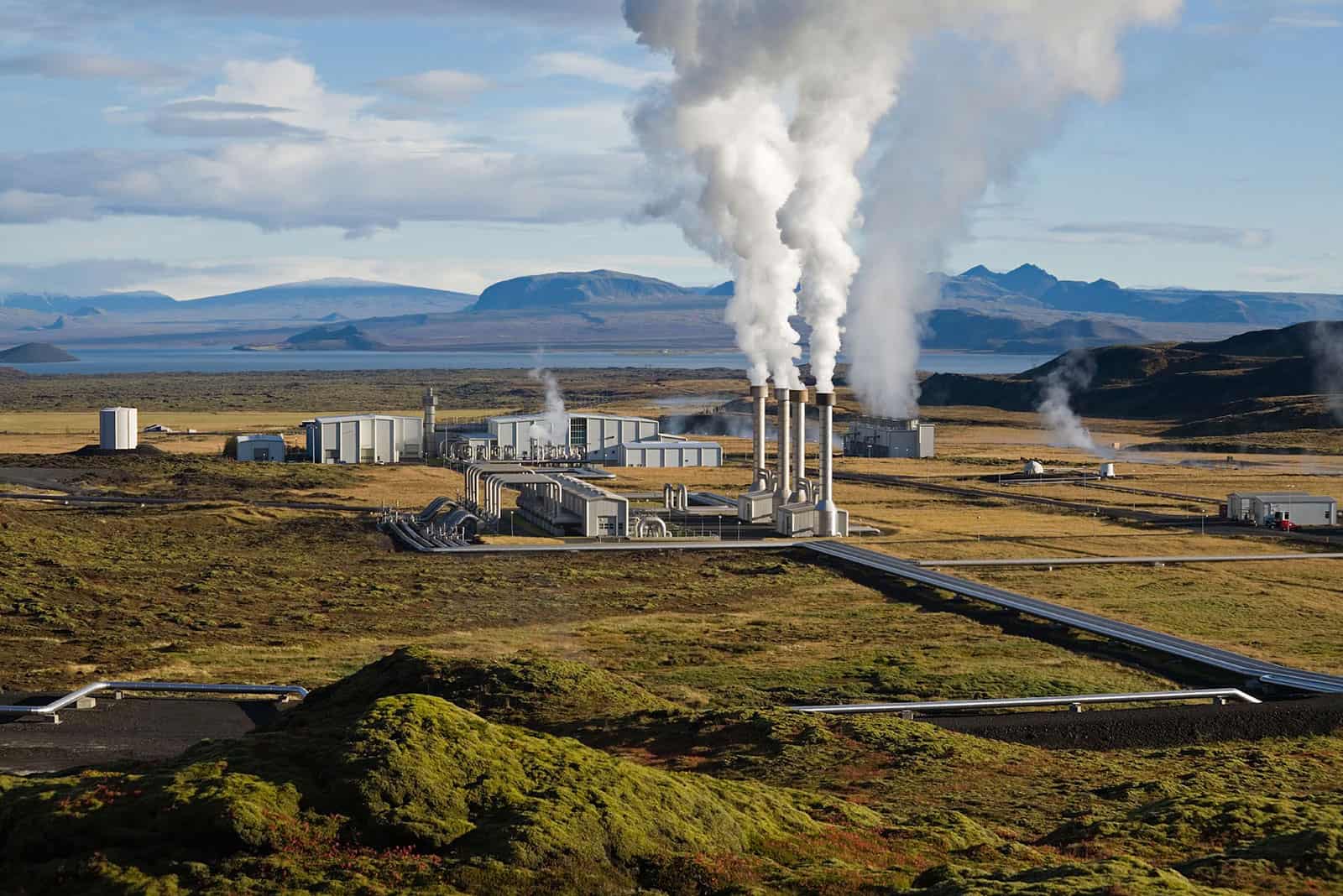Installed geothermal capacity is forecast to expand in the next five years as energy companies diversify into alternative markets, driven by the accelerating energy transition. Global geothermal power production capacity will rise from 16 gigawatts (GW) at the end of 2020 to 24 GW in 2025, a Rystad Energy analysis shows, unlocking total investments of $25 billion in the next five years. The growth will come as a relief to oil and gas suppliers exposed to well-related services as the number of geothermal wells drilled globally will climb from 223 in 2019 to 380 in 2025.
From 2010 to 2020, a total of $40 billion has been invested in new geothermal energy developments. Today’s installed geothermal capacity is dominated by the US with 4 GW, followed by Indonesia, the Philippines, Turkey and Italy. The top 10 geothermal producing countries contribute to 90% of the total market, with many countries planning to enter the geothermal market soon, especially in Europe.
“Many of these projects are still on the drawing board and will have to compete with other renewable sources such as wind and solar. However, contrary to wind and solar, the surface footprint of a geothermal plant has the advantage of being much lower in terms of square kilometers per MW of produced electricity,” says Audun Martinsen, Rystad Energy’s Head of Energy Service Research.
Hungary, Croatia, Belgium, the UK, and Germany also have operational capacity, and Germany boasts 37 operational geothermal power plants, mostly in Bavaria. The country has plans for another 16 power and heating plants to be completed over the next years, necessitating the drilling of 20 additional wells per year, typically with vertical drill depths as deep as 6000 meters.
Calpine and Omat are the two biggest geothermal plant owners worldwide, each with an installed capacity of around 1200 megawatts of electric power (MW). The only oil and gas company to make the list of top geothermal operators is Chevron, which previously had around 1 GW of installed geothermal capacity in the Philippines and Indonesia. The company sold these operations in 2017 for an estimated $3 billion.
A geothermal power plant usually consists of two to six wells, with one well producing and the additional wells receiving re-injected separated water. In 2015 to 2019 around 30 to 80 geothermal projects were commissioned per year, necessitating the drilling of 150-200 geothermal wells. Each well, on average, had an installed capacity of 5.3 MW, but well capacity appears to be trending upwards as wells are drilled deeper and production is optimized. With a global installed geothermal capacity of 16 GW, there are currently 3200 active geothermal wells.
In terms of geothermal investment, we see that historically, overall project cost is comprised of around 35% to 40% well CAPEX and 60% to 65% surface facilities and infrastructure. The cost depends greatly on how deep the wells are drilled, and the technology deployed. There are three technology types currently in use; binary cycle power plants, which are used for colder water reservoirs by implementing a heat exchanger, flash steam plants which take high-pressure hot water and transport it to lower pressure surface tanks where it is converted to steam to power a turbine, and dry steam power plants which take steam directly from the geothermal reservoir to turn the turbines.
Historically, geothermal projects have been developed in countries with high enthalpy resources, which are associated with active volcanic areas such as in Iceland, Italy, and Turkey. In Iceland, conventional geothermal wells are drilled down to a depth of up to 2,500 meters to reach high-temperature reservoirs, measuring up to 450 °C.
These naturally occurring pockets of volcanic system heat create a favorable environment from which to generate geothermal energy compared to countries with non-volcanic sedimentary resources, which instead exhibit temperature gradients. Geothermal plants can be developed in such non-volcanic regions, but deeper drilling is required to reach the correct temperature gradients.
Electricity generating sites powered by steam vapor require water temperatures ranging from 240°C to 300°C, and sources with temperatures of 30°C to 150 °C are typically used as direct heating without conversion to electricity; 70% of geothermal output is typically used for electricity generation.

